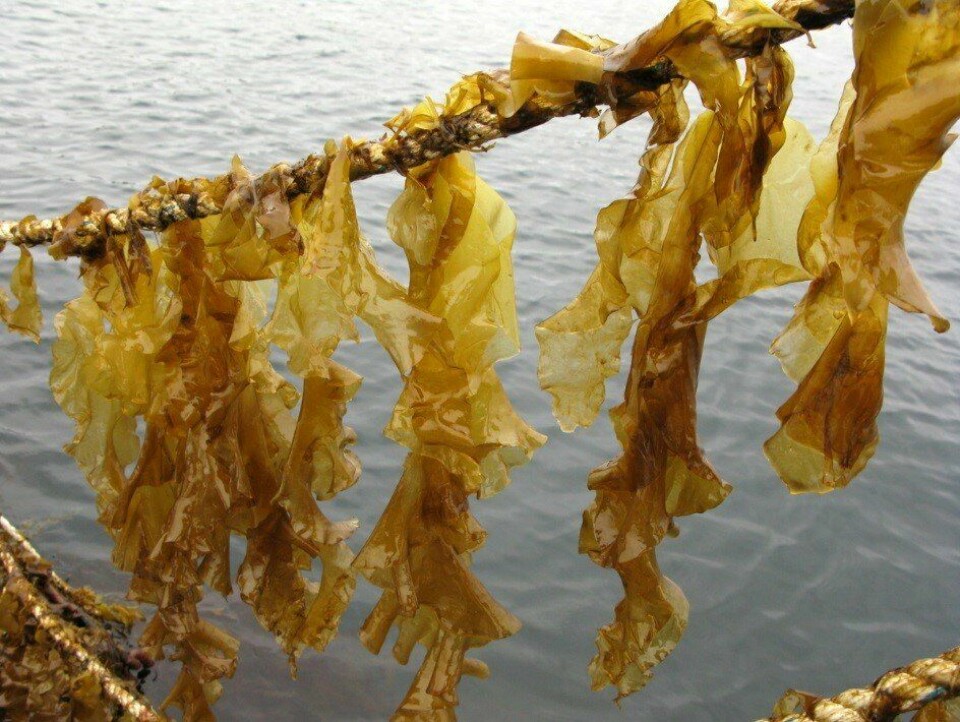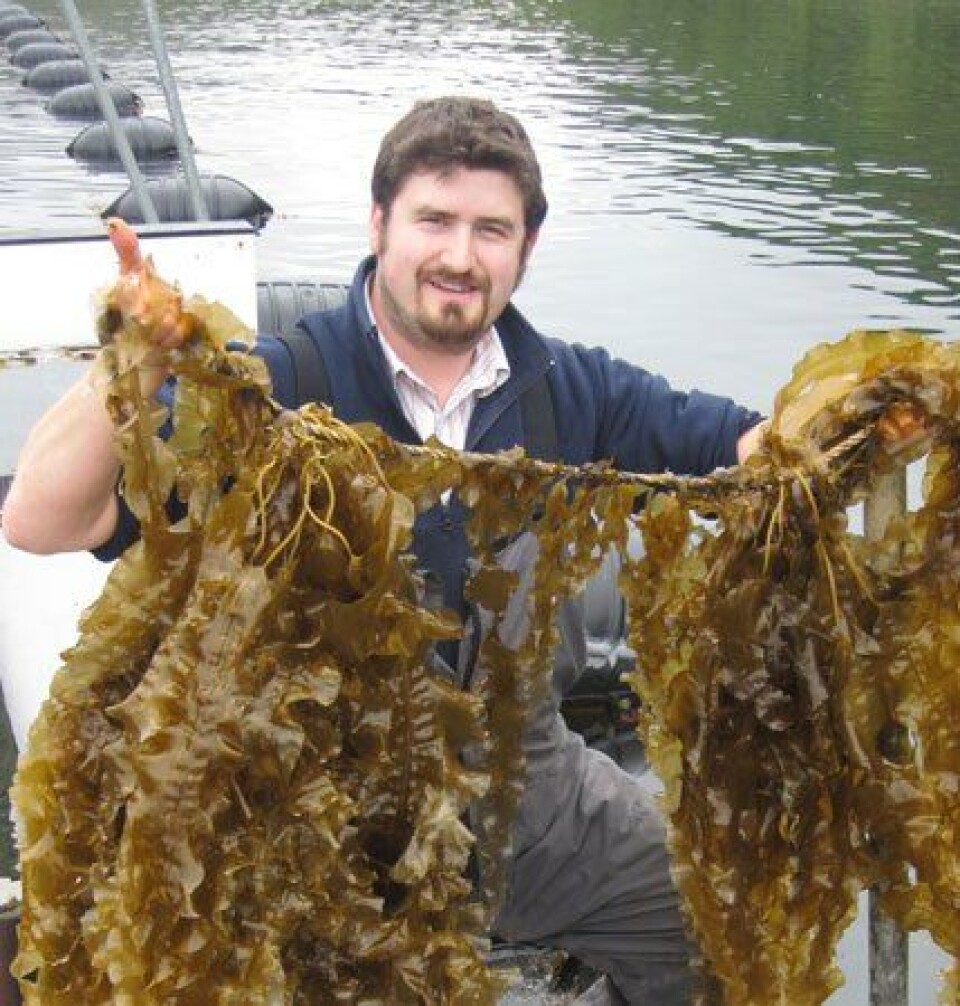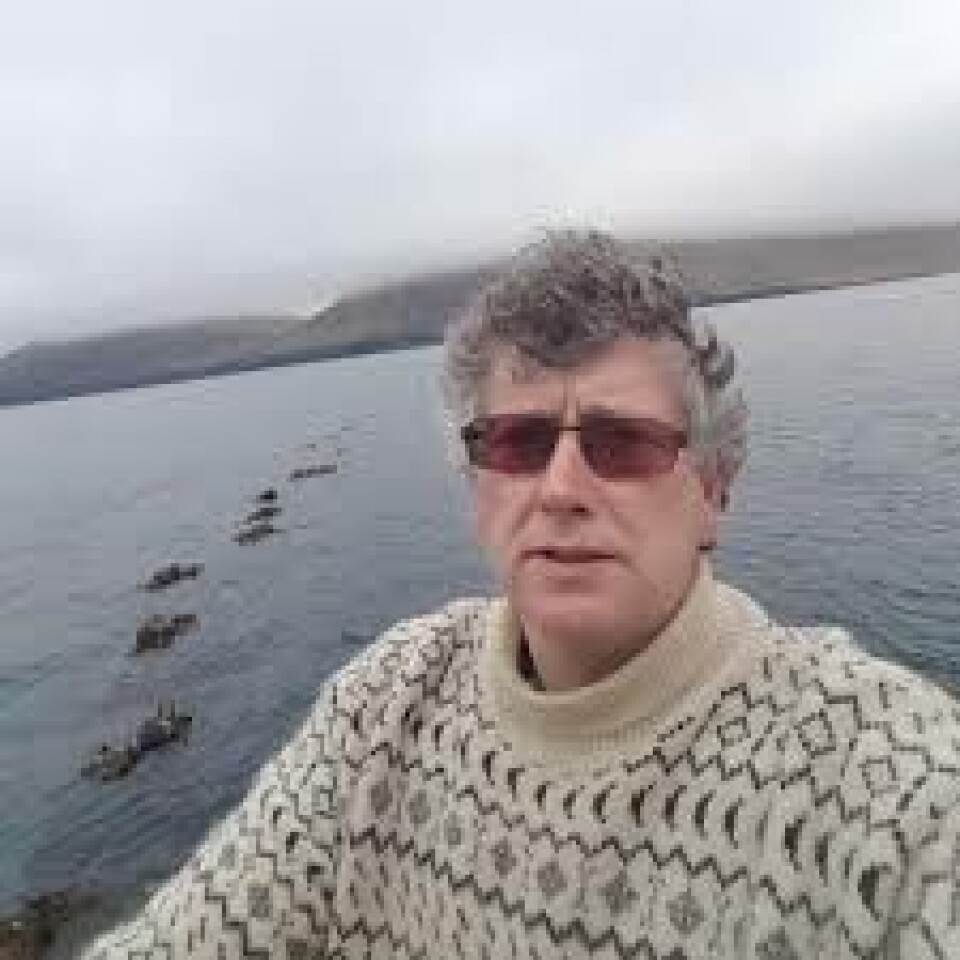
Giving seaweed farming a little kelp to get going
A Wester Ross oyster farmer is to test the viability of farming seaweed on ropes on a small site in Loch Kanaird.
Ailsa McLellan runs Okran Oysters in the loch, a couple of miles north of Ullapool, with her husband, Joe, and has been granted permission for the 440m² test site.
She said: “I want to prove that anyone can grow it, and that it’s a great environment to grow it in. I think seaweed is an amazing resource, but we don't have the infrastructure to deal with a lot of wet weed in the north west of Scotland, and we won’t until enough people farm it to make it viable.

“I currently have a licence to pick seaweed in areas of Wester Ross and Assynt: I wanted to pick and sell different kinds so that I could learn what sold, what the different properties of weed were, which were easiest to dry and process, etc, before I committed to farming one kind.
“I have been picking and selling seaweed fresh to Keltic Seafare, and dry to various outlets since April.”
Seeded lines
McLellan, who has a marine science background and has also worked in fish farming, said she had received valuable advice from Lars Brunner, support scientist in macroalgal cultivation at the Scottish Association for Marine Science (SAMS) in Oban.
“We are currently trying to sort it out so that they can help me put seeded lines on this autumn,” added McLellan. “I’m willing to take guidance from them on what to try at this stage in the name of experimentation, but I want to do Sacharina latissima (sugar kelp) as I have found it the best for me to work with and sell.
“We aim to hang some young oysters on the seaweed lines in lanterns in the name of IMTA (integrated multi-trophic aquaculture). We do want somewhere to try to hang our smaller oysters offshore.”

McLellan said she had been inspired by speakers at the 2016 Scottish Seaweed Industry Association Conference which took place in Oban in November, headlined by Olavur Gregersen, managing director of Ocean Rainforest, who grows seaweed on 13.5km of rope in the Faroes.
Huge opportunities
“The Faroes are massive on it and there is a lot of work going on in Iceland. I think the opportunities for the north-west of Scotland are huge,” said McLellan.
“I am a total convert and I think there are so many applications for seaweed, and there’s probably a lot more that we don’t even know about [yet]. If you put it into cattle feed it reduces the methane they produce. You can use it in packaging and obviously the human food aspect of it.
“On Uist and Lewis they have two massive seaweed processing plants (for seaweed harvested from the wild). It is something we could have as well, up here.”
Finding the space
McLellan has few illusions about retiring as a seaweed millionaire, though, as she believes she’s unlikely to get the space required for a viable operation. She points out that the producers of Rathlin Kelp in Northern Ireland have “acres” of space.
“The biggest obstacle up here would be finding the space for it because the fishing effort’s so heavy.”
She sees fish farms or mussel farms as most likely to develop seaweed farming to make more use of existing sites, pointing out that Ocean Rainforest’s ropes are next to a salmon farm and that the nutrients in the water when cages are stocked make the seaweed grow faster than when the site is fallow.






















































